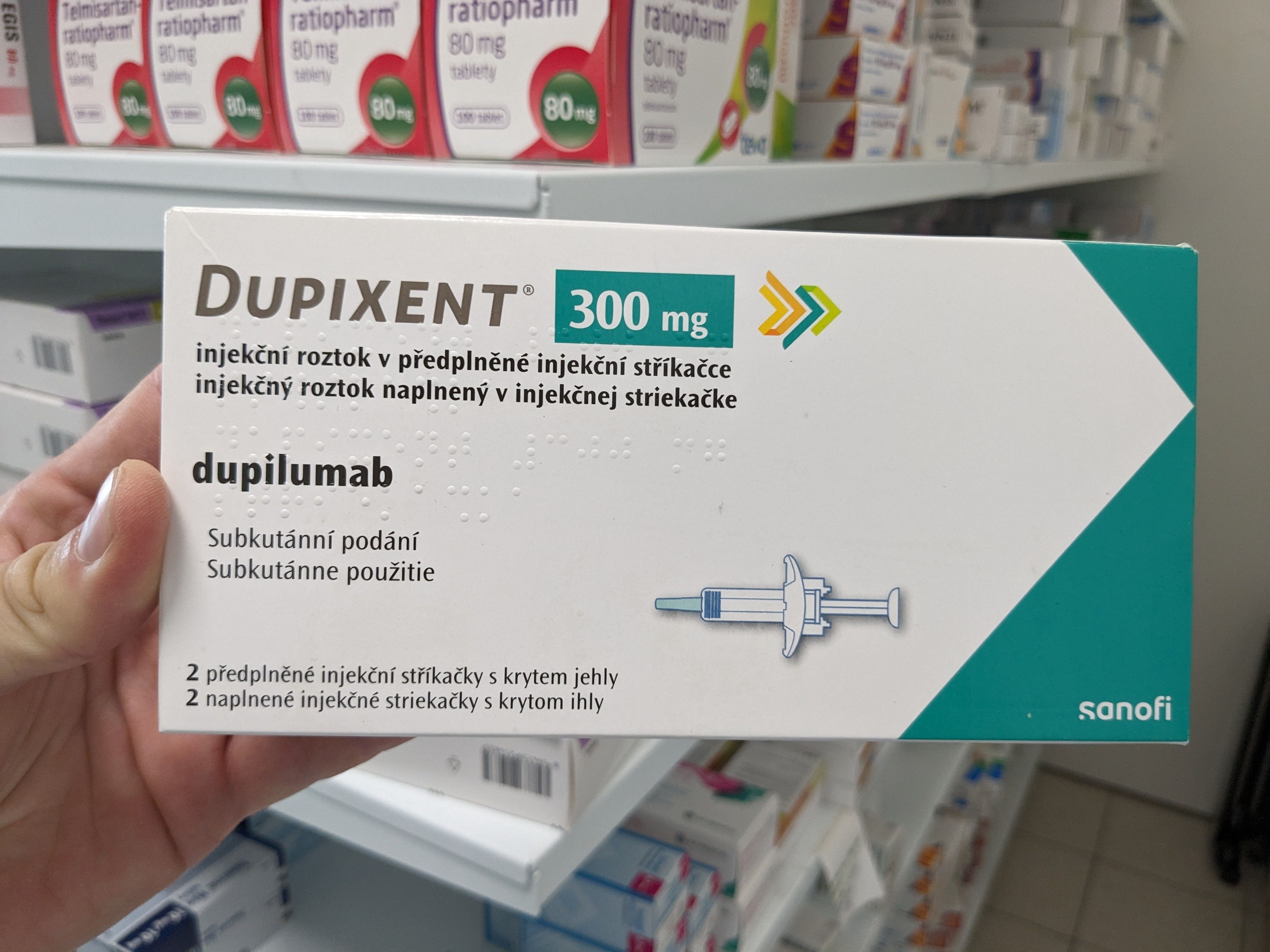Article
Report Analyzes Advantages, Drawbacks of Small Businesses' Health Benefits
Author(s):
A new report finds that small businesses in the US are offering health benefits that are competitive with those offered by larger employers, but that workers at the smallest companies tend to pay higher premium costs.
A new report finds that small businesses in the US are offering health benefits that are competitive with those offered by larger employers, but that workers at the smallest companies tend to pay higher premium costs.
The report recently published by United Benefit Advisors (UBA) is the result of an annual health plan survey administered to employers across the US. Its foreword acknowledges the “conventional wisdom” that says that small business cannot offer their employees health benefits as generous as those offered by larger businesses. However, the data in the report indicate that small business plans are generally on par with the average health plan, although the largest businesses do offer the most comprehensive coverage.
Nearly half of small businesses with 1 to 24 employees offer preferred provider organization plans, which is on par with the average of all employers but less than the 60% of employers with over 500 workers who offer such plans. Smaller businesses are more likely to offer health maintenance organization plans: 19% of the smallest companies and 17.3% of those with 25 to 49 employees offer these, compared with just 9.9% of the largest employers. Businesses with 50 to 99 employees are the most likely to offer consumer-directed health plans.
This variation in plan types offered is reflected in the average annual plan cost per employee. For each of the 3 plan types examined, the smallest companies had lower average costs than the largest companies. The average cost for all plans was $9719 per employee for businesses with 1 to 24 employees, but $10,460 for those with over 500 workers.
The report partially attributes this lower cost to the exemptions made for small businesses in the Affordable Care Act (ACA), including the “grandmothering” transitional policy extended each year by CMS that allows small businesses to continue offering plans that are not in compliance with all of the ACA’s reforms. It also mentions the PACE Act, which combined with the transitional exemption “helped many of these small groups stay in pre-ACA plans at better rates, unlike their larger counterparts.”
Despite the lower costs paid, the survey found that the coverage offered by small businesses—including copayments, deductibles, and health savings account (HSA) contributions—is generally on par with the average business. The largest employers with over 500 workers reported slightly lower deductibles and urgent care and emergency copays, but copays and deductibles among the smaller employers were comparable.
The report indicated that businesses with 25 to 49 employees tended to make the largest average HSA contributions, at $543 to individuals and $908 to families, compared with average contributions of $474 and $801 to individuals and family accounts, respectively.
Small businesses lagged behind when comparing average monthly premiums and out-of-pocket (OOP) maximums. Workers at the smallest businesses paid an average premium of $149 for an individual and $591 for a family, compared with the overall averages of $126 and $482. The average OOP maximum for the smallest businesses was $4500 for individuals and $10,000 for families, which was also slightly higher than the overall averages. The largest employers had the lowest monthly premiums at $114 and $352, respectively, and had lower OOP maximums at $3500 and $7300, respectively.
In a press release announcing the report’s findings, UBA president Peter Weber explained that while the largest companies may offer more generous coverage in terms of premiums and OOP maximums, comparing the quantitative aspects of health coverage may not give employees the most complete picture of a small business’s value.
“Small employers have a lot to offer employees when it comes to wages, purpose, flexibility, etc.,” he said. “Small employers would do well to benchmark their plans against their same-size peers and communicate how competitive their plans are relative to average national costs, deductibles, copays, and more.”

Dupilumab Treatment for Patients With CSU: Insights From Jason Hawkes, MD, MS



